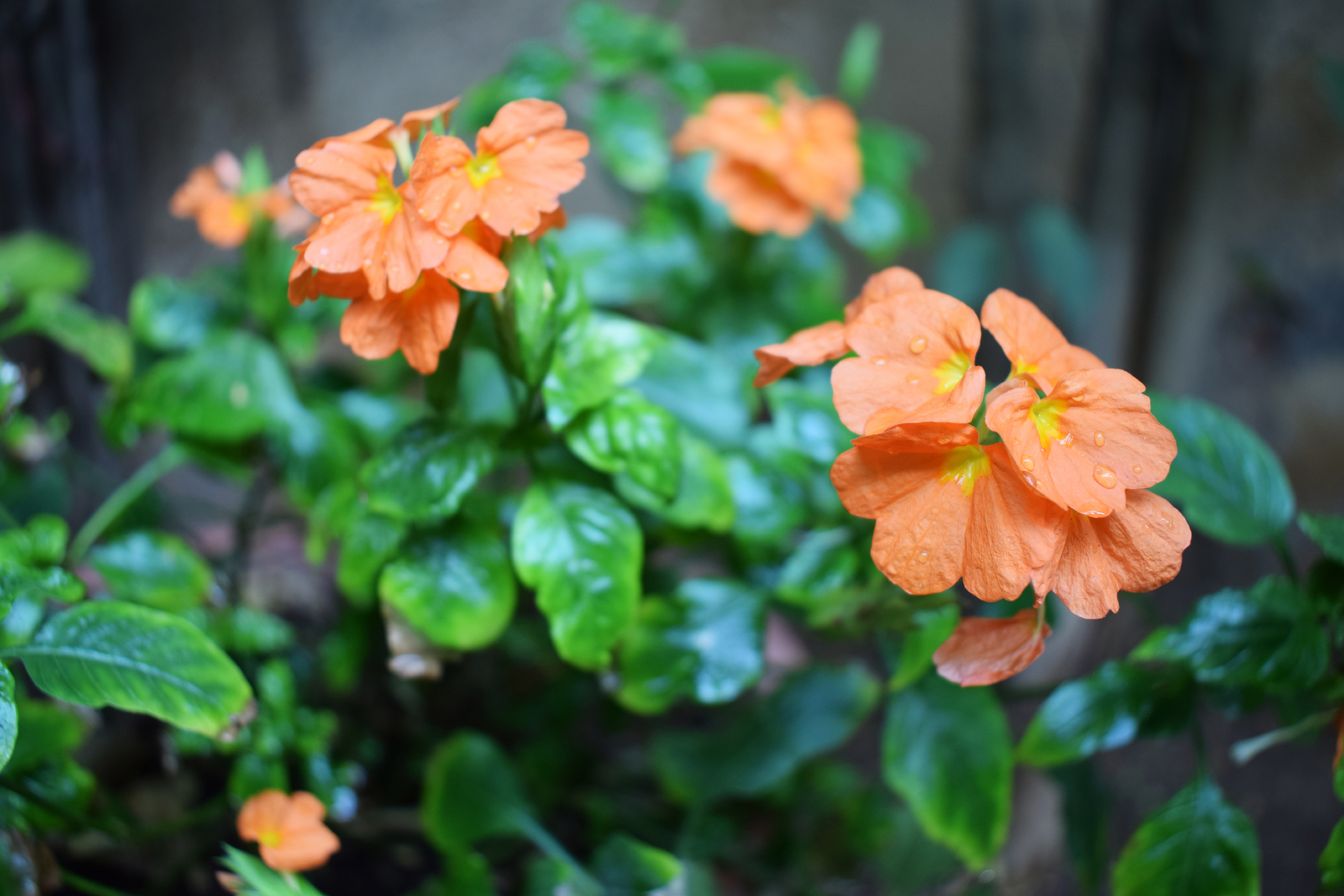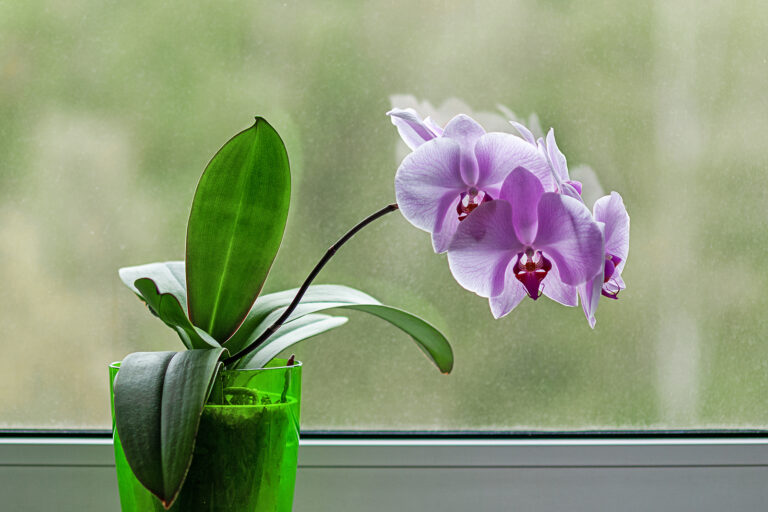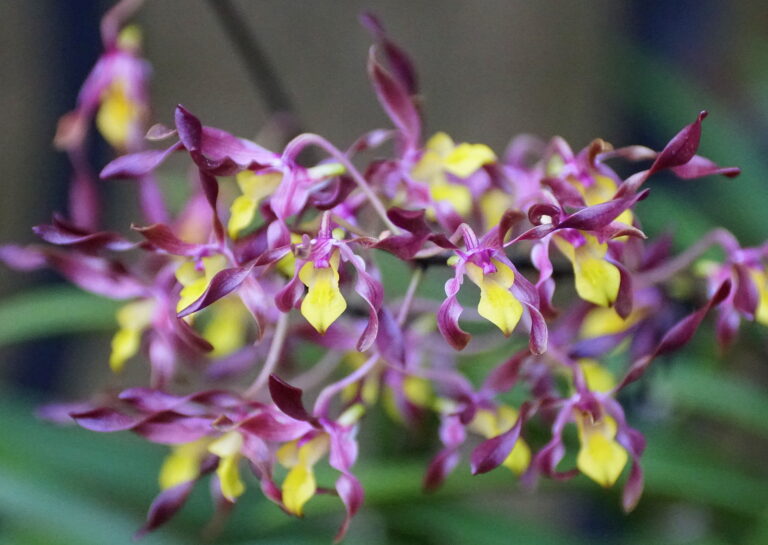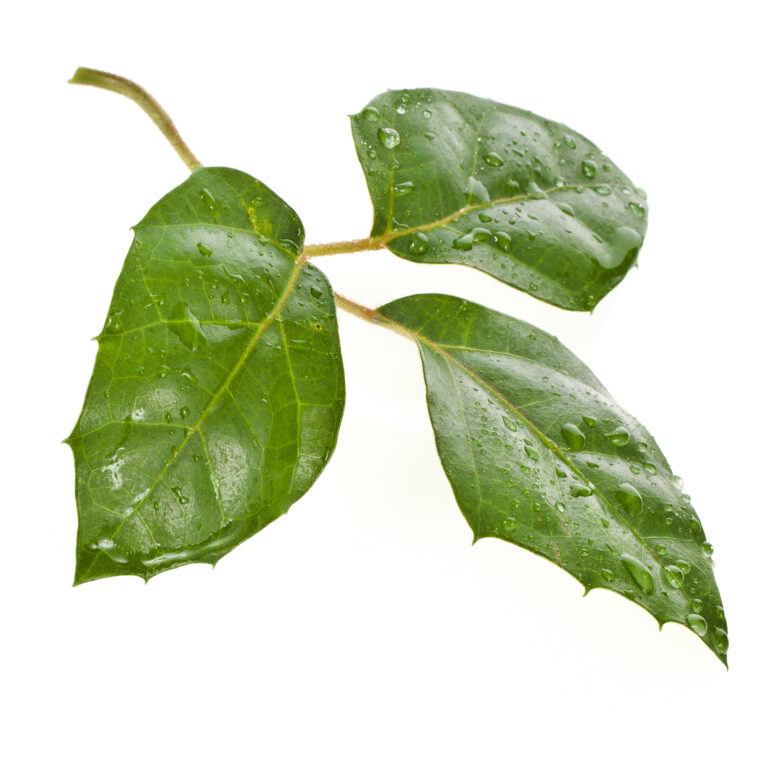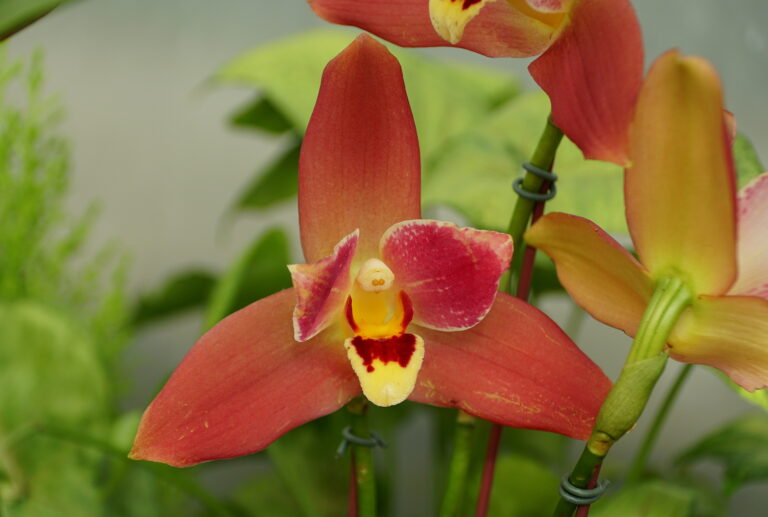How to Grow Firecracker Plant — Crossandra
Crossandra is a shrubby plant with glossy, dark green leaves and tubular orange to salmon-pink flowers. Crossandra starts blooming when the plant is just 2 or 3 inches (5-8cm) tall.
Crossandra will grow 12 to 24 inches (30-61cm) tall. Flowers appear on spikes from spring through fall.
Crossandra is a rounded, shrubby plant that adapts well to indoor growing. It has oval or lance-shaped foliage; the tubular flowers open into five round lobes. Blooms appear in clusters at the ends of the branches.
Crossandra is a genus of 50 species of evergreen shrubs and subshrubs native to tropical Africa, Madagascar, India, and Sri Lanka.
Get to know Crossandra
- Plant type: Tropical perennial
- Growing Zones and range: 10-11
- Hardiness: Best temperature: 72° to 78°F (22°-26°C) daytime; 60° to 68°F (16°-20°C) nighttime.
- Height and width: 12 to 24 inches (30-61cm) tall and wide
- Foliage: Glossy, dark green, ovate leaves similar to gardenia
- Flowers: Tubular orange, to salmon-pink flowers with a bright yellow eye; blossoms appear in clusters of two or three; each flower to 2 inches (5cm) across
- Bloom time: Spring through fall; each flower spike last 1½ to 2 weeks
- Uses: Houseplant
- Common name: Crossandra, Firecracker flower
- Botanical name: Crossandra infundibuliformis
- Family: Acanthaceae
- Origin: India
Where to plant Crossandra
- Light oudoors: Plant Crossandra in full sun.
- Light indoors; Crossandra needs direct morning sun from an eastern exposure in summer; it needs direct sun from a southern exposure in winter.
- Soil outdoors: Plant Crossandra in fertile, humus-rich, well-drained soil.
- Soil indoors: Plant Crossandra in an all-purpose potting mix with good drainage.
How to water and feed Crossandra
- Keep the soil evenly moist for Crossandra. Mist daily to maintain humidity of 45 to 55 percent; use a humidity tray.
- Fertilize with a complete fertilizer every two weeks.
Crossandra care
- Repot Crossandra in fresh soil every spring; pot up Crossandra only when roots completely crowd the pot.
- Remove spent flowers immediately.
- Prune Crossandra in spring to maintain shape.
- Let the plant rest during winter; reduce water, giving just enough to prevent the soil from drying out; withhold fertilizer.
Growing Crossandra as a houseplant
- Crossandra needs bright light, a warm room, and high humidity; if humidity is too low, leaves will curl, and the plant will not flower.
- The potting medium should be extra rich and kept evenly moist at all times during the growth and flowering periods.
- Fertilize every two weeks when the plant is growing or flowering.
- During fall and winter, allow the medium to dry out slightly between watering, and do not fertilize.
- If plants become leggy, the growing tips can be pinched to encourage compactness.
Crossandra pests and diseases
- Crossandra is susceptible to attack by mealybugs and spider mites.
- Crossandra flowers are sometimes attacked by gray mold.
- Crossandra is prone to stem and root rot.
Crossandra propagation
- Propagate Crossandra by cuttings or seed.
- Root semi-ripe cutting with bottom heat in early spring.
Crossandra varieties to grow
- There are 50 species of Crossandra.
- Crossandra infundibuliformis is grown as a houseplant; it reaches 12 to 24 inches (30-61cm) tall; shiny, wavy-edge 2 to 5 inche leaves; bright orange or salmon flowers, 1-inch flowers; clusters measure to 6 inches wide.

